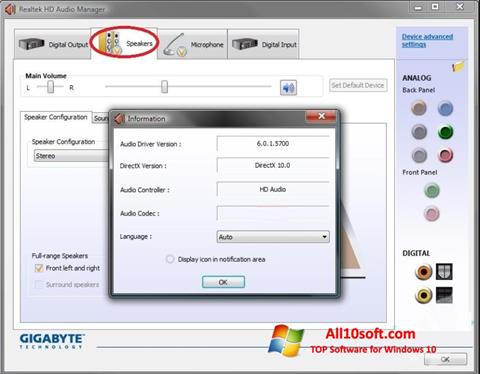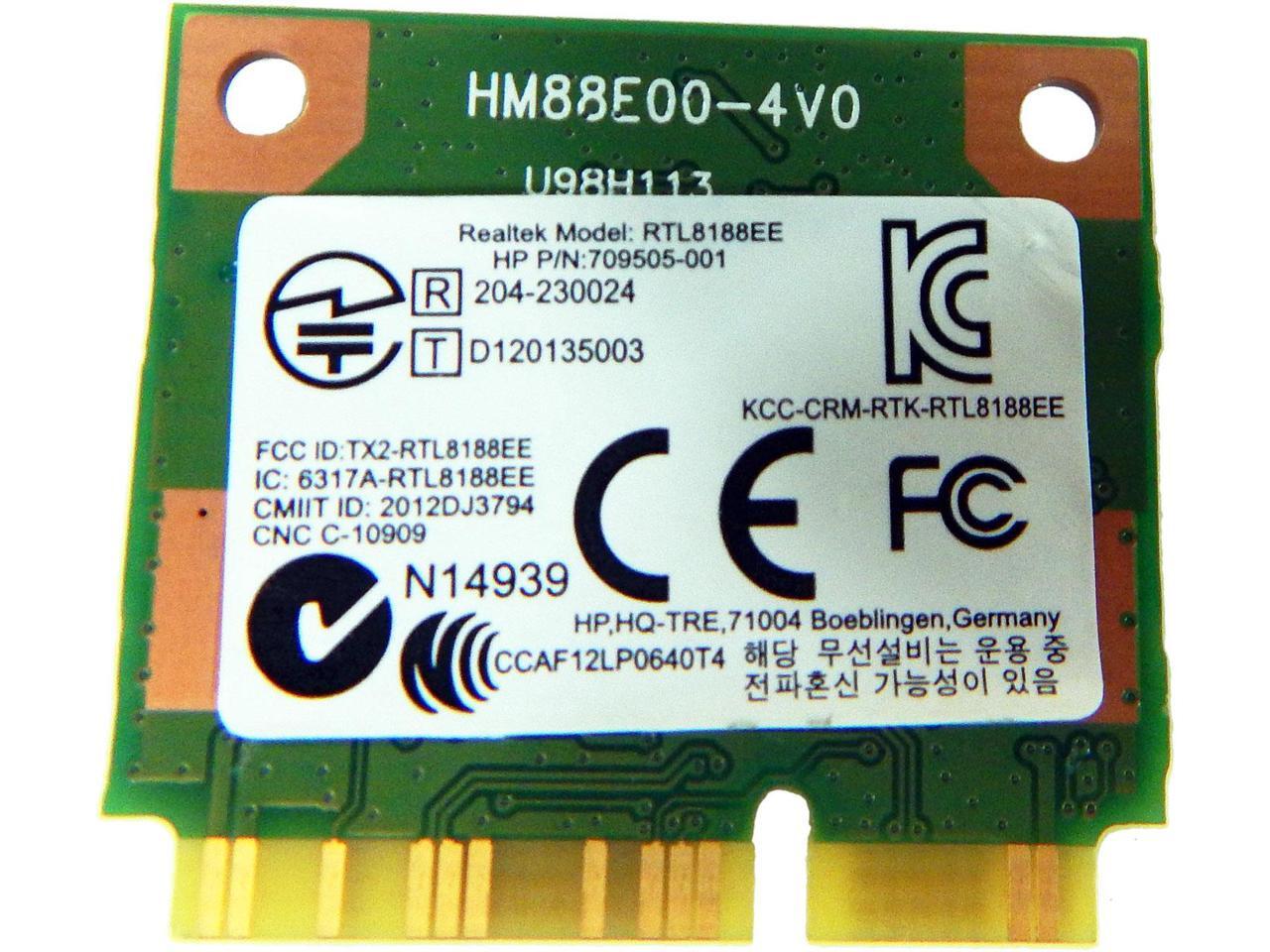


To print information about your Linux system hardware, run this command. Read Also: Difference Between su and sudo User in Linux Note: Do remember that the lshw command is executed by the superuser ( root) or sudo user. The information provided by lshw was gathered from different /proc files.

Lshw is a relatively small tool and there are few options that you can use with it while extracting information. Here you can use the lshw tool to gather vast information about your hardware components such as cpu, disks, memory, usb controllers, etc. How to View Linux System Hardware Information To print your machine hardware name, use the ‘-m’ switch: ~ $ uname -m x86_64Īll this information can be printed at once by running the ‘uname -a’ command as shown below. To get the information about your kernel release, use the ‘-r’ switch.


 0 kommentar(er)
0 kommentar(er)
